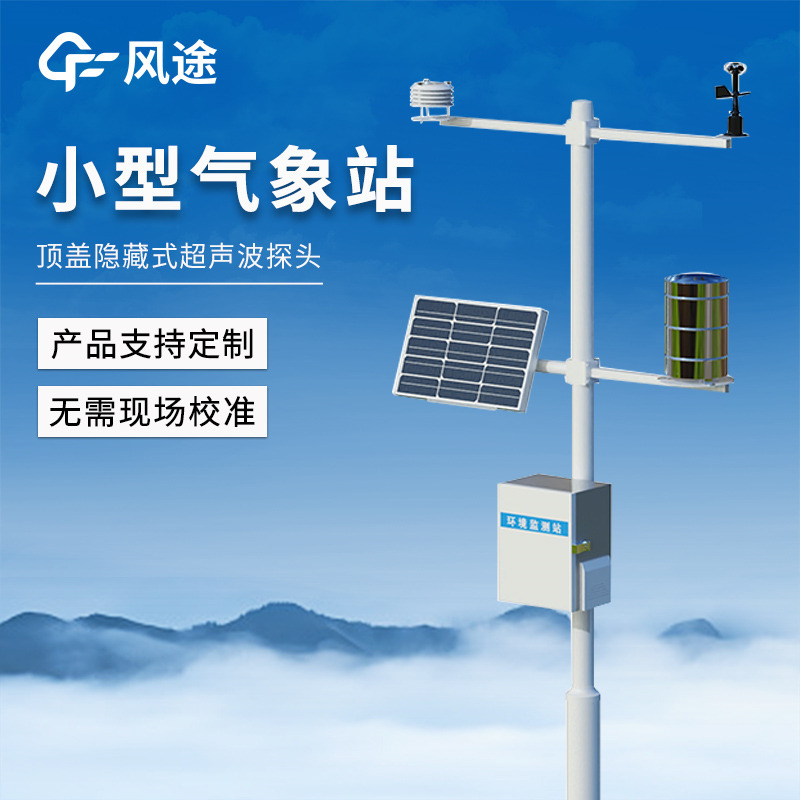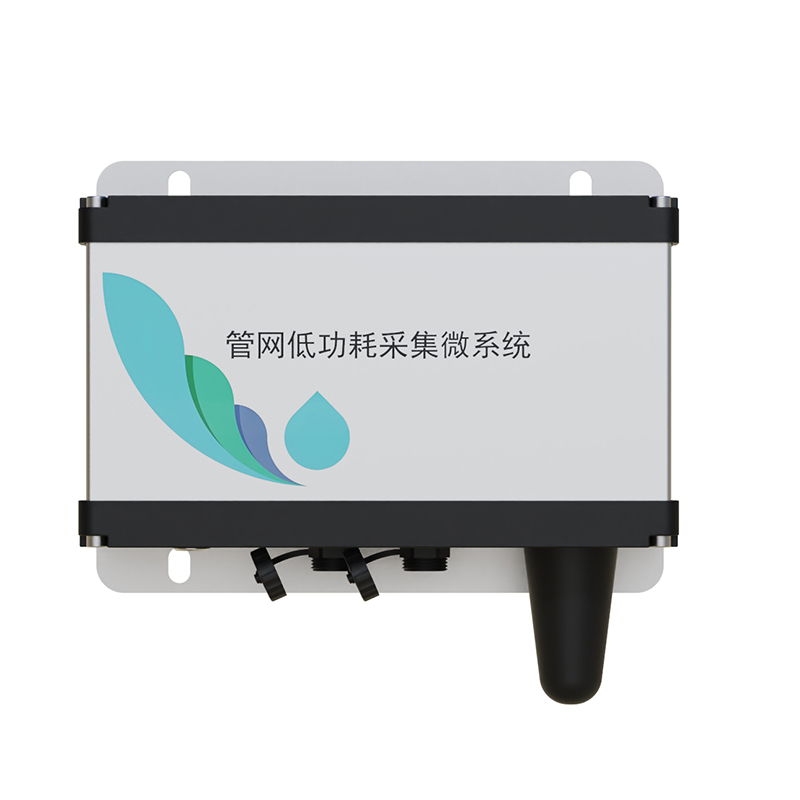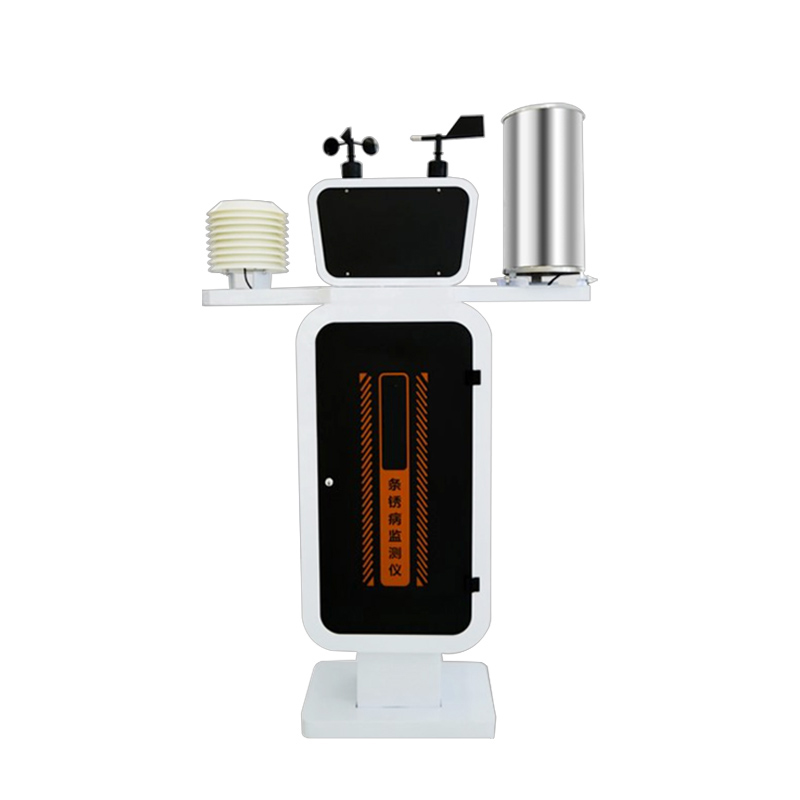Designed for small-scale scenarios such as campuses, farms, scenic areas, and industrial parks, the Small Automatic Weather Station is a professional meteorological monitoring device centered on "precision, flexibility, and intelligence," delivering customized meteorological services for specific regions. With a monitoring range typically spanning several to dozens of square kilometers, it can detect local microclimates that traditional large-scale weather stations struggle to cover, such as urban heat island effects or sudden wind direction changes in valleys. Offering minute-level data updates, it promptly responds to short-term weather variations.
The device features highly flexible functionality. In addition to basic indicators like temperature, humidity, wind speed, and precipitation, it can be expanded with scenario-specific parameters: soil temperature and humidity, leaf wetness sensors for agricultural precision irrigation; PM2.5 and noise data integration for urban environmental quality assessment; and visibility and road surface temperature monitoring around transportation hubs to warn of fog or icing risks. This "modular" design positions it as a versatile "meteorological sentinel" for diverse applications.
Compact in structure, the Small Automatic Weather Station supports multiple installation methods—pole-mounted, vehicle-mounted, or drone-mounted—enabling rapid deployment without complex infrastructure. Its power supply relies on solar energy and batteries, making it suitable for off-grid field environments. Data is transmitted in real time to cloud platforms via 4G, LoRa, or other communication modules, allowing users to view dynamic charts through visual interfaces, set early warning thresholds (e.g., for heavy rain or strong winds), and achieve end-to-end intelligent management from monitoring to response.
Its applications are wide-ranging and practical:
In smart agriculture, integrating light and soil moisture data with irrigation systems can reduce water usage by over 30%.
In industrial parks, continuous tracking of harmful gas concentrations and wind directions provides real-time data for pollution control.
In scenic areas, publishing negative oxygen ion concentrations and perceived temperature optimizes visitor experiences while supporting ecological research.
Compared to traditional weather stations, it costs significantly less (only 1/5 to 1/3 the price), offers flexible networking, and is ideal for dense "grid-based" monitoring systems. In emergency scenarios like rainstorms, waterlogging, or sudden pollution, it can reduce early warning time from hours to minutes.
Fundamentally, the Small Automatic Weather Station serves as a key vehicle for delivering meteorological services to the "last mile." Through lightweight technology, it achieves precise monitoring, enabling meteorological data to directly inform production and daily life. It not only provides decision support for agriculture, transportation, and other sectors but also builds local disaster defense lines through real-time warnings, embodying the deep integration of technology and grassroots governance.

This paper addresses:https://www.fengtusz.com/industry/757.html









